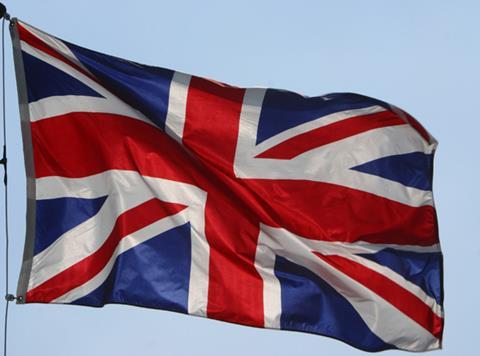
Food and non-alcoholic drink exports soared 12.1% to £3.4bn in the third quarter, with trade to non-EU markets growing at twice the rate of countries in Europe.
Backers of Brexit have argued that leaving the EU would free the UK to trade more with the rest of the world and that the slump in the value of sterling since the June referendum made British goods even more competitive.
The latest export figures from the Food and Drink Federation (FDF) gave this argument a boost.
“The weaker pound since late 2015 and sharp falls seen post referendum mean that UK exports have become increasingly competitive in recent months,” the FDF said. “We hope to see a further upswing in exports in the coming months as companies capitalise on these opportunities.”
The EU still, however, remains the top destination for branded exports, contributing two thirds of the total figure.
Exports of branded food and non-alcoholic drinks rose 13.7% in the three months from July to September. Overall trade of £3.4bn was the biggest quarterly export total ever recorded by the FDF, and builds on the second quarter, which was the largest up to that point.
Total exports in the year to date now stand at £10.1bn, showing double-digit growth compared with the first three quarters of 2015.
FDF director general Ian Wright said: “It is very pleasing to see non-EU exports performing beyond expectations, with UK firms taking advantage of increased competitiveness following the currency changes since the summer.”
Spain, China and Germany recorded the biggest growth in the year-to-date, up £158m, £124m and £60m respectively. Ireland, France and the Netherlands remained the top three destinations for branded UK food and non-alcoholic drink, buying 42% of total exports.
FDF trade policy manager Dominic Goudie pointed to the 35% year-on-year growth in Spain as especially notable as it was driven by an uptick in branded goods exports, such as breakfast cereals, cheese and tea, following a UKTI and Food and Drink Exporters Association push in the country.
The top three product categories overall were chocolate, salmon and cheese, with exports of wheat experiencing the largest value growth, up £147.4m (+80%) in the year to date.
However, the sector’s trade deficit increased by 6.7% in the quarter to £6bn as the cost of imports also rose strongly due to the devalued pound.
“The underlying conditions for the UK food and drink industry are mixed,” Goudie said. ”The underlying demand from overseas is growing as products become more competitive given the low rates of the pound, but many companies rely on imported raw materials, so the impact varies from company to company and sector to sector.”
He added that the longer term prospects of the industry were also under threat from the future terms of Brexit, given 68% of branded goods and 71% of overall UK food and drink exports so far in 2016 have been bought by EU trading partners.
”Purely in terms of exports, it’s a positive situation at the moment, but in the longer term the threat of Brexit could disrupt access to those key markets that make up the lion’s share of that export trade,” Goudie added.
In October, Defra published a new action plan for food and drink, targeting an additional £2.9bn in exports across 18 countries over the next five years.
Elsa Fairbanks, director at the Food & Drink Exporters Association, added: “The FDEA is very encouraged by these figures which reflect our experiences both among our members and also buyers around the world. We must also remember that EU markets still represented 71.5% of UK food and non-alcoholic drink exports in Q3 2016, and this should be borne in mind as we leave the EU.
“In our experience, EU retail and foodservice buyers are very positive about the quality and innovation behind UK products and stress to us the importance of maintaining close links going forward.”



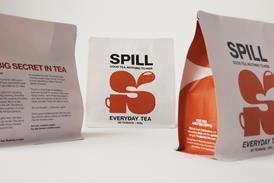



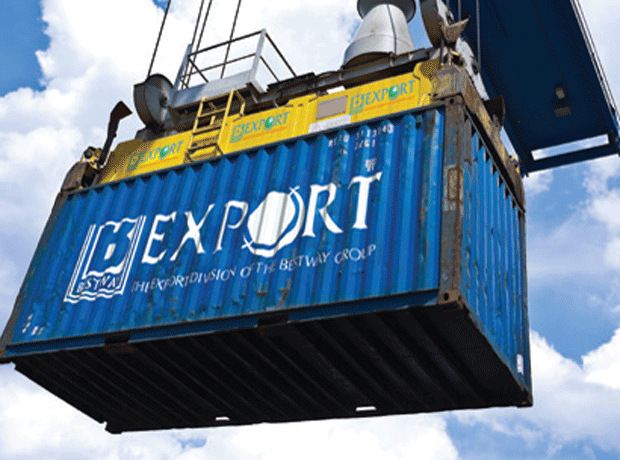

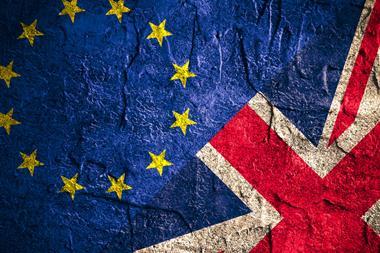
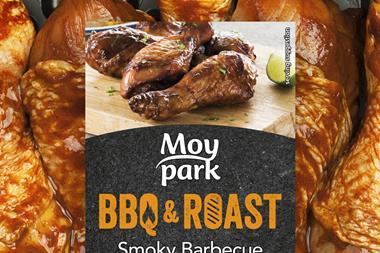
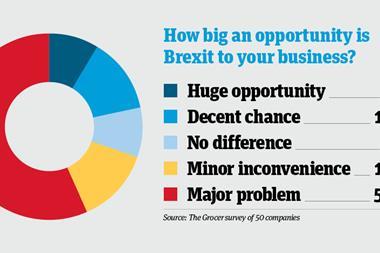
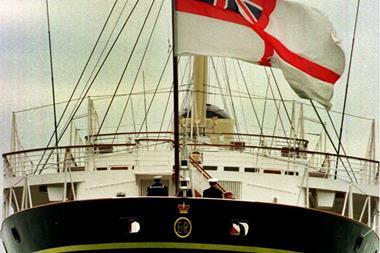

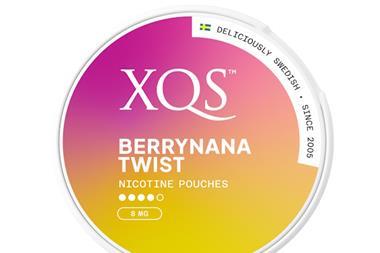



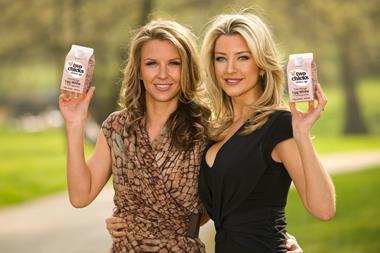
No comments yet